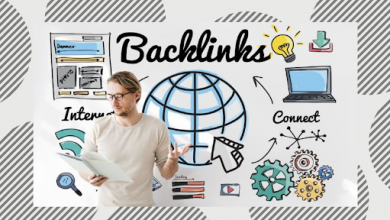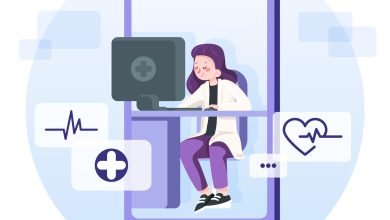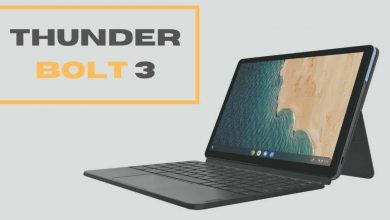How Digital Twin Technologies Will Reshape Manufacturing

The manufacturing industry is changing. More and more, manufacturers are turning to digitalization to find new ways to make production more efficient while also cutting costs. Digital technologies like digital 3D representation (D3R) and digital twin technologies are used by all types of industries, from aerospace engineering to automotive design.
And these industries are rapidly evolving. As a result, digital twin technologies are taking on an increasingly important role in the industry. The more connected our world becomes, the more data is collected, and the better we can predict what will happen next. We’ve come a long way from producing one good at a time to mass-producing products that are customized for individual consumers. So, how does digital twin technology work?
How Does it All Work?
Digital Twin is an emerging technology in manufacturing that makes virtual duplicates of the real world. It can also be used to predict future behavior if you know how the original behaves; they’re the perfect tool for understanding how your machine or people will behave before making any permanent changes. These virtual copies can be used to simulate different scenarios and run tests to see what would work best.
These technologies are increasingly being used to provide predictive analytics for design, assembly, maintenance, and asset management. The digital twin is an engineering simulation of physical objects created using various data sources such as CAD models, product databases, machine performance data, and more. These simulations are used to improve the product design process by ensuring that products meet their intended function before they’re manufactured. That way, large companies save a lot of money in not having to make a product, put it on the market, only to discover that the product is not performing great.
So, a digital twin is essentially a virtual representation of any physical product, process, or environment. The digital twin technology currently being developed has the potential to create significant business value for manufacturers. Applications for this technology are limitless, but there are some clear areas where it could make an impact. Digital twins can be used to improve manufacturing processes, enhance supply chain management, and increase customer experience.
This article explores how this new technology could change manufacturing today and in the future.
What is Digital Twin Technologies?

Source: Unsplash
A digital twin is a representation of the real-world object in the virtual world. Digital twins are often created by scanning, digitizing, and modeling physical objects to get a digital model representing them.
The term “digital twin” was originally coined by John West, founder of Autodesk, in 1989 to refer to software simulations of specific entities or systems. Currently, the term is being used in manufacturing to describe virtual copies of real-world objects that can be used for predictive purposes.
Digital twins are best suited for use when you strive to understand how something will behave. They can also help optimize operations by analyzing data from other sources like sensors, machine learning algorithms, weather data, etc. All of this can be done before making any physical changes, saving time and money.
The Importance of Digital Twins in Manufacturing
A digital twin is a virtual representation of a physical system, and it’s created by using data from sensors and other sources to produce an accurate model. Digital twins could be used in the future to test how new designs will behave before they’re even built.
They can predict changes that would happen to a system if certain events occur, monitor performance over time, and simulate scenarios. By creating these virtual copies of your system, you’re able to understand better how it will behave in any situation. It’s like getting a second opinion before making any significant changes!
How Will Digital Twin Technologies Reshape Manufacturing?
Imagine a manufacturing plant that needs to install a new machine to boost production. Of course, they could decide to spend the money and install it, but what if they first created a digital twin of their plant? This would allow them to simulate how the factory will operate with the new machine and what type of output they can expect.
This is just one example of how digital twin technologies could change manufacturing.
What Can You Learn From a Digital Twin?
Imagine you’ve got a machine, and your team wants to make some changes to it. The problem is, they don’t know what the effects of those changes will be until they try them out. You can test the changes before making them with digital twin and avoid time-wasting trial and error.
Digital twins are virtual copies of real-world objects that behave like their original counterparts. This means that if you change one twin, the other will also experience those changes. Essentially, this technology would allow you to simulate different scenarios without committing to anything first. You could test out all kinds of scenarios or even use it as a way to understand how your machine’s behavior will change over time with wear and tear.
Digital Twin technology is brand new; we’re still exploring how it could change manufacturing today and in future years. But by looking at potential uses, we can start thinking about how this innovative technology might impact our industry in the future.
Conclusion
Right now, the world is in the midst of a digital transformation. Manufacturing, in particular, is undergoing a radical change and is being reshaped by digital twin technologies. Manufacturing companies embrace this change and optimize their production and supply chains with digital twin technologies.
The technology that powers digital twins can be used in virtually any industry — from health care to retail — to improve the quality and productivity of what’s being produced.
The digital twin concept is becoming so popular that many manufacturing companies are beginning to use it as a competitive advantage, and it’s no surprise when you look at the benefits it offers.
As manufacturing transforms into this new era, it’s important to keep an open mind when considering how digital twin technologies will continue to shape and redefine the future of the industry.
Author Bio
Sophie Douglas is a digital marketing specialist and a journalist based in Columbus, state of Ohio.
Her characters are passionate, innovative, and ambitious.
Before becoming a writer for FindDigitalAgency, she was writing short stories, screenplays, and directing short films.




